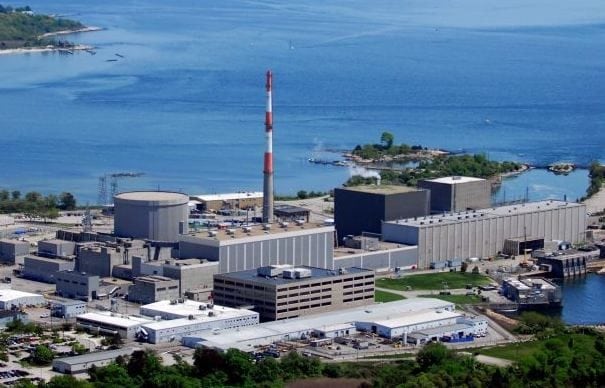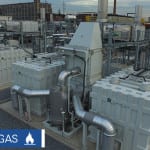Dominion Resources, one of the nation’s largest power generators, has changed its name and the names of key subsidiaries, including Dominion Virginia Power.
The Richmond, Va.–headquartered company that has a power portfolio of 26.2 GW, sizable transmission assets, as well as natural gas storage systems and pipelines, will now be known as “Dominion Energy.”
The names of Dominion Energy’s three operating segments—through which the company manages its daily operations and that the company uses in its financial reporting to the U.S. Securities and Exchange Commission—have been also revised. Power Delivery Group, Power Generation Group, and Gas Infrastructure Group will replace Dominion Virginia Power, Dominion Generation, and Dominion Energy, respectively, the company said.
Several customer-facing entities are also seeing name changes. Questar Corp., a gas pipeline, storage, and local distribution company acquired by Dominion last year in a $4.4 billion deal, will now be known as the “Dominion Questar Corp.” The company also has a new logo.
The name changes recognize the company’s “focus on the evolving energy marketplace and to unify our brand after last year’s merger with Questar,” said Thomas F. Farrell, II, chairman, president, and CEO of Dominion Energy in its first quarter 2017 earnings call with investors on May 4.
In the call, Farrell said the company’s operating earnings for the three months that ended on March 31, 2017, were $611 million ($0.97 per share), compared to operating earnings of $572 million ($0.96 per share) for the same period in 2016.
Company officials highlighted a number of interesting developments affecting the company (for an in-depth report on Dominion’s strategy, see “Dominion Resources Broadens Its Reach” in POWER’s May 2016 issue). The gas-fired 1,588-MW Greensville County Power Station, which has been under construction in Brunswick County, Va., since June 2016, is on track to be completed in late 2018. Dominion’s Cove Point Liquefaction project is also 89% complete.
Growth will continue through 2017, officials projected. An important negative driver it noted, however, involved limited hedging for 2018 production, specifically until the company sees the outcome of pending legislation in Connecticut to establish zero emission credits designed to economically prop up the company’s Millstone nuclear power station.

SB 106 was voted out of committee and will soon be taken up by the full House and Senate before the legislative sessions ends on June 7. Dominion officials said that the measure could “potentially cover up to one-half of Millstone’s expected output for five years.” If approved, it would allow Millstone to bid into a competitive auction conducted by state regulators to secure carbon-free energy, and that auction would likely take place this fall, for power deliveries beginning sometime next year, they said.
For more, see “SLIDESHOW: Nuclear “Bailout” Trend Gains Traction in More States.”
—Sonal Patel is a POWER associate editor (@sonalcpatel, @POWERmagazine)










